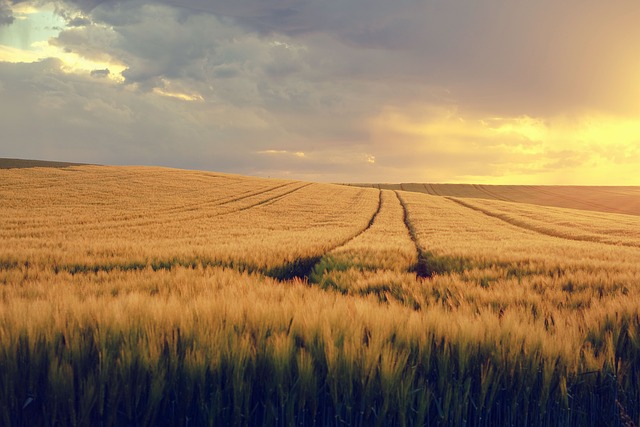In the captivating world of photography, each image tells a unique story, and within that story lies a wealth of untapped information: image metadata. While we often focus on the aesthetic qualities of our photographs—like lighting, composition, and optics—the importance of the hidden data embedded within each file is frequently overlooked. This blog post aims to illuminate the significance of image metadata and how it can be leveraged to unlock deeper insights into our photographic journeys.
At its core, image metadata is a treasure trove of information that accompanies a photograph. It includes details such as camera settings, exposure time, date and time taken, location data, and even lens information. This data layer provides valuable context for each shot, allowing photographers to reflect on their processes and decisions. For instance, by examining metadata, you can revisit the conditions under which a successful photo was taken, or analyze the choices made when an image didn’t turn out as expected.
Imagine standing on a beautiful cliffside, your camera in hand, overlooking a breathtaking landscape. You adjust your settings—ISO, aperture, shutter speed—and capture the moment. But what if you could revisit that moment in time, not just through the image, but by reflecting on the precise conditions that made it come alive? With image metadata, this is not just possible but incredibly rewarding. You can discover which lens provided the best perspective, how the light transformed the scene, and perhaps most importantly, consider the emotions that inspired you to take the shot in the first place.
For every aspiring photographer, understanding image metadata is akin to mastering the fundamentals of optics and camera mechanics. It empowers you to build on your skills, allowing for continuous growth and evolution in your craft. By analyzing the metadata of your best works, you’ll draw lessons that extend beyond technical settings and venture into the realm of artistic intuition. This combination of technical knowledge and creative exploration can help you develop your unique photographic voice, leading to a more meaningful engagement with your subject matter.
Moreover, in this age of digital sharing, image metadata plays an essential role in the wider photography community. When you share your work online, the metadata travels with it, giving others a glimpse into your process. For those seeking inspiration or learning from peers, this context can be invaluable. New photographers can learn what settings offer the best results under certain conditions, while seasoned professionals can analyze trends over time, adapting their techniques with a greater sense of purpose.
As you explore your photographic layers, consider making a habit of checking the metadata of your images. Use it as a guide to reflect and refine your techniques. With the right approach, you’ll find that every click of your camera captures not only a moment but also the very essence of your development as an artist. Let image metadata guide you on a journey through both the technical and emotional aspects of photography, revealing the layers that elevate your work from mere snapshots to compelling narratives.



